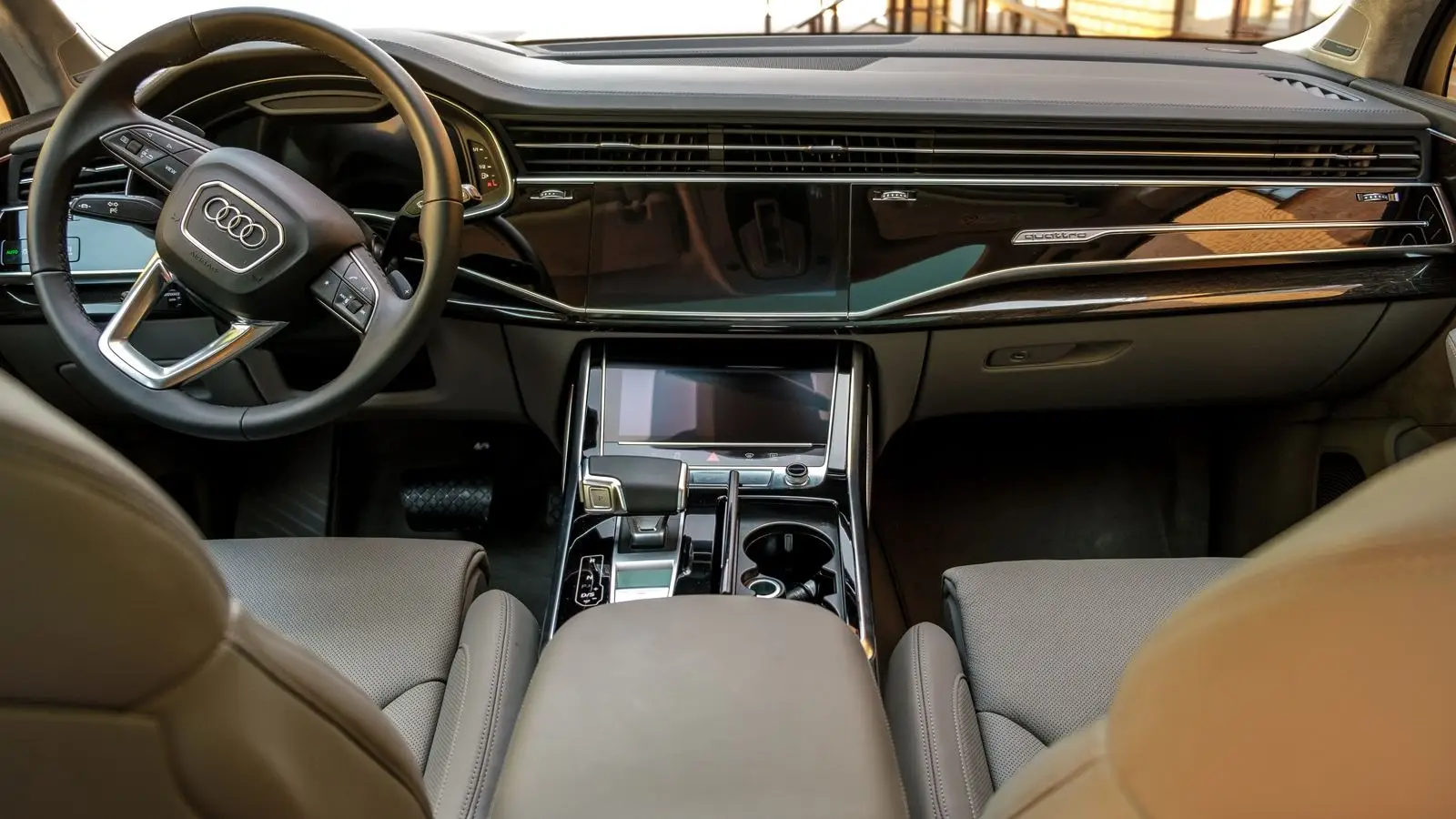Articles
The History of Left- and Right-Hand Traffic: Origins and Global Impact

Discover why some countries drive on the left while others prefer the right. Explore the historical roots, key transitions, and the influence of tradition on modern traffic systems.
One of the most surprising discoveries when traveling the world is realizing that the driver’s seat may not be where you expect it to be, and the traffic flow might feel completely reversed. Why do countries like the UK and Japan drive on the left, while the US and Germany drive on the right? The answer lies deep in history, and it’s far more complex than one might think.
Why Did People Originally Travel on the Left?
Before cars and highways, people still followed specific road traditions. Initially, most societies practiced left-side travel, and there were good reasons for that. During the Roman Empire and the Middle Ages, roads were filled with pedestrians and horse riders, most of whom were right-handed. A person carrying a sword would naturally prefer to keep to the left side of the road, allowing them to draw their weapon quickly if necessary. Moreover, it was easier to shake hands or defend oneself against an attacker.
This tradition persisted in Europe, particularly in England, where left-side driving was officially established by law as early as the 18th century.
How Did France and the US Switch to the Right?
The French Revolution and Napoleon Bonaparte changed everything. Unlike England, post-revolutionary France sought to break away from aristocratic customs. The shift to right-hand driving was partly symbolic. Napoleon, known for being left-handed, organized his armies to march on the right, making it easier for soldiers to wield their weapons with their dominant hand. His conquests spread this rule across Europe, influencing countries like Germany and Italy.
In the United States, the shift wasn’t due to warfare but rather practical transportation needs. Large freight wagons, pulled by teams of horses, required a driver who sat on the left to control the reins and use a whip. To ensure visibility and maneuverability, wagons started traveling on the right side of the road. This tradition naturally carried over to cars.
Why Did the UK and Japan Stick to Left-Side Driving?
England refused to adopt the right-side system, reinforcing left-hand driving in its colonies—which is why India, Australia, and South Africa still follow this rule today. Japan, despite never being a British colony, adopted left-side driving under the influence of British engineers who built its first railways.
When Countries Changed Their Driving Side
Some governments made bold decisions to switch sides. One of the most famous cases was Sweden, which until 1967 drove on the left. To align with its neighboring countries, it switched to right-side driving in what became known as “Dagen H” (H Day). The transition required years of preparation.
A more recent example is Samoa, which changed from right to left in 2009 to facilitate the import of cheaper cars from Australia and New Zealand.
Will Any Country Switch Sides in the Future?
Today, about 75% of the world drives on the right, while 25% sticks to the left. A large-scale transition seems unlikely, as the cost of adapting infrastructure, signage, and vehicles is enormous. However, history has shown that political, economic, or transportation factors can outweigh tradition. So, while the roads of history seem set, unexpected turns are always possible.
2025, Mar 09 10:24


